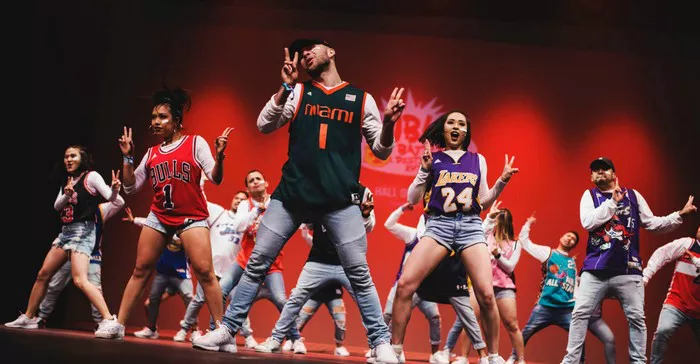Within the multifaceted realm of music, few genres hold as much sway and cultural impact as hip-hop and R&B (Rhythm and Blues). These genres, born from shared roots, have carved their distinct paths in the world of sonic expression. While there are moments of crossover and collaboration, it’s essential to recognize the unique attributes that set hip-hop and R&B apart. In this extensive exploration, we delve into the intricate relationship between these genres, tracing their origins, examining their defining features, and shedding light on the creative avenues that both hip-hop and R&B artists navigate.
1. Shared Roots and Divergent Growth
Hip-hop and R&B share an intriguing history, emerging from the African American musical traditions that have shaped modern popular music. The rhythmic cadence, soulful melodies, and emotional resonance of both genres can be traced back to this shared heritage. As they matured, hip-hop and R&B followed distinct trajectories, each evolving in response to cultural shifts, technological advancements, and the creative impulses of the artists who breathed life into them.
2. The Poetry of Hip-Hop’s Spoken Word
A central pillar of hip-hop’s identity is the power of spoken word, channeled through the art of rap. Hip-hop artists use their lyrical prowess to weave intricate narratives, deliver social commentary, and tell stories that resonate with diverse audiences. The rhythm, flow, and wordplay inherent in rap are emblematic of the genre’s ability to captivate through the sheer force of language. This marriage of poetry and rhythm has spawned iconic hip-hop tracks that transcend mere entertainment, sparking conversations and igniting movements.
3. The Vocal Tapestry of R&B
R&B, in contrast, is defined by its melodic essence and vocal-driven performances. The genre’s origins in gospel and blues have infused it with a soulful and emotive quality. R&B artists are revered for their vocal prowess, using their voices to convey a wide range of emotions, from love and heartbreak to passion and vulnerability. The power of an R&B vocalist’s voice is unparalleled, serving as a conduit for raw human sentiment. This melodic tapestry forms the bedrock of a genre that has the ability to evoke intense emotional responses from listeners.
4. Navigating the Creative Spectrum
While the distinction between hip-hop and R&B lies in their chosen forms of expression, it’s essential to recognize the ever-evolving nature of music. In a world where genres intermingle, some artists seamlessly blend elements of both hip-hop and R&B, pushing the boundaries of conventional categorization. This creative spectrum not only blurs the lines but also brings forth innovative sounds that challenge traditional definitions. These genre-blending explorations breathe new life into the music industry, enriching the sonic landscape and providing listeners with fresh and exciting experiences.
5. Global Impact and Cultural Significance
The impact of both hip-hop and R&B extends far beyond the confines of music, shaping fashion, language, and societal trends. The global influence of these genres has created a vibrant community of fans who appreciate the artistry, diversity, and storytelling prowess that define hip-hop and R&B. From the rise of iconic hip-hop artists to the timeless ballads of R&B legends, the cultural significance of these genres is undeniable.
Conclusion
While hip-hop and R&B share a common lineage and coexist within the music industry, their individuality lies in their chosen paths of expression. The spoken word foundation of hip-hop and the melodic essence of R&B set them apart, allowing artists from each genre to create music that resonates with specific audiences. The insight provided by Samantha Selolwane underscores this core distinction: hip-hop artists rap, while R&B artists sing. This fundamental difference in delivery forms the heart of their distinction. Yet, as music continues to evolve, these genres will undoubtedly remain interconnected, inspiring collaborations that bridge the gap and push the boundaries of what’s possible. The harmonious dichotomy of hip-hop and R&B stands as a testament to the power of musical innovation, expression, and the enduring ability of genres to shape the cultural landscape.

